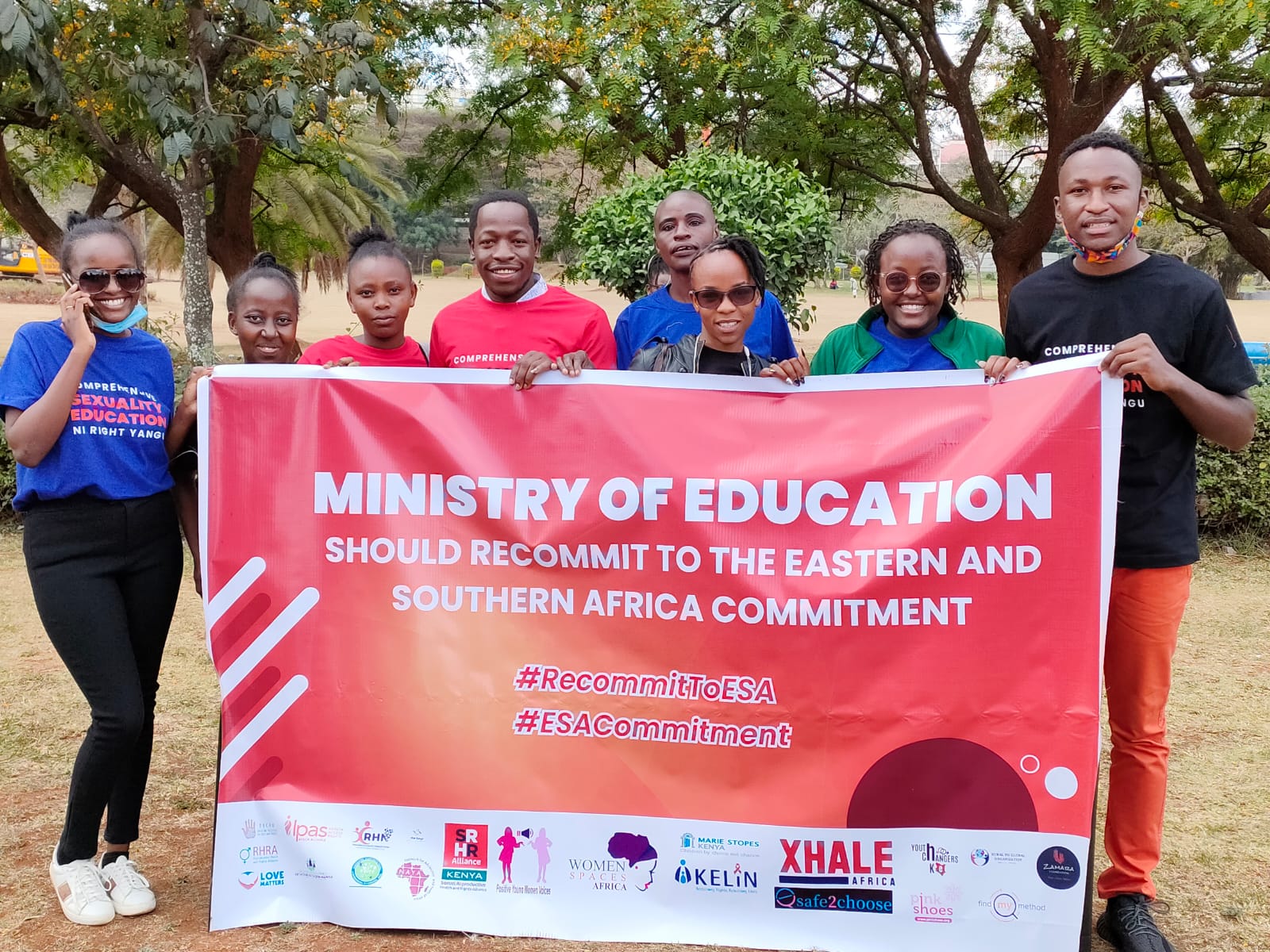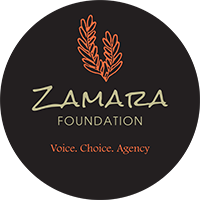
Revive commitments to protect the health of young people in country
As Kenyans debate the reasons for the spike in arson in boarding schools, one cannot help but wonder how we fare regarding other aspects of the lives of our students, especially health.
Beyond sweeping declarations by the Education ministry, there seem to be no clear policies guiding the conversations about what solutions will work best to resolve the crisis. The debate about the resurrection of corporal punishment is an example of the amnesia we have about why it was banned.
The Covid-19 pandemic also saw many countries retreat into themselves as borders were closed and international travel almost halted. An unintended effect of this has been the weakening of regional and international commitments Kenya signed on the health and wellbeing of adolescents and youth.
Next month, ministers of Education from 20 countries in East and Southern Africa (ESA) will gather to, hopefully, commit to scaling up comprehensive sexuality education (CSE) and youth-friendly sexual and reproductive health and rights (SRHR) services for adolescents and youth in the region.
That will be a re-commitment of the 2013 ESA Ministerial Commitment that has made it easier for civil society to engage governments to advocate increased access to information on SRHR for adolescents and young people.
Young people
All the ESA member countries who signed the initial commitment, including Kenya, promised to work together to provide CSE and SRHR services to adolescents and young people. A review was commissioned last year to document the 21 ESA Commitment signatories’ progress towards the nine established targets, as well as to look into ways to keep the momentum that the deal has produced.
The evaluation spanned the entire implementation period of the Commitment, 2013 to 2020, with the goal of generating information and evidence to support its extension to 2030 in line with UN’s Agenda 2030.
The redrafted ESA Commitment makes progressive observations — such as language that is inclusive and respectful of human rights; metrics that track the execution of strategic initiatives (such as the removal of access barriers); and strengthening of the legal and policy environment.
Align with SDGs
For instance, it seeks to align with the global Sustainable Development Goals (SDGs) Nos. 3 and 5, which recognise SRHR as key to promoting adolescent and youth health, wellbeing and gender equality.
There is no indicator in the lapsed ESA Commitment to determine whether norms of nondiscriminatory service provision are followed or if there is professional responsibility in the system to ensure youth rights are protected.
However, by focusing attention on certain thematic challenges, the ESA Commitment influenced the creation of national and regional Adolescent Sexual and Reproductive Health and Rights (ASRHR) legislation, policies and initiatives.
Covid-19 crisis
We are already seeing frameworks. An example is the 2019 Nairobi Metropolitan Services (NMS) Adolescent and Youth Sexual and Reproductive Health Framework, which was domesticated from the Adolescent Reproductive Health Policy 2015 in Kenya.
There is no denying that the Covid-19 crisis has increased the vulnerability of adolescents and young people in marginalised communities, particularly girls and young women.
We keep raising concerns about the increasing school dropout numbers, decreased service uptake, increased early and unintended pregnancy, increased gender-based violence and harmful cultural practices.
In all our lamenting, we should not fail to notice the critical need to provide adolescents and young people with high-quality, age-appropriate and respectful SRHR information and rights-based youth-friendly health services, including self-care, digital and non-digital technology solutions to reach all young people.
Ms Kombe is a women’s rights advocate and a programme assistant at Zamara Foundation. lucymambise@gmail.com. @_itaeli
